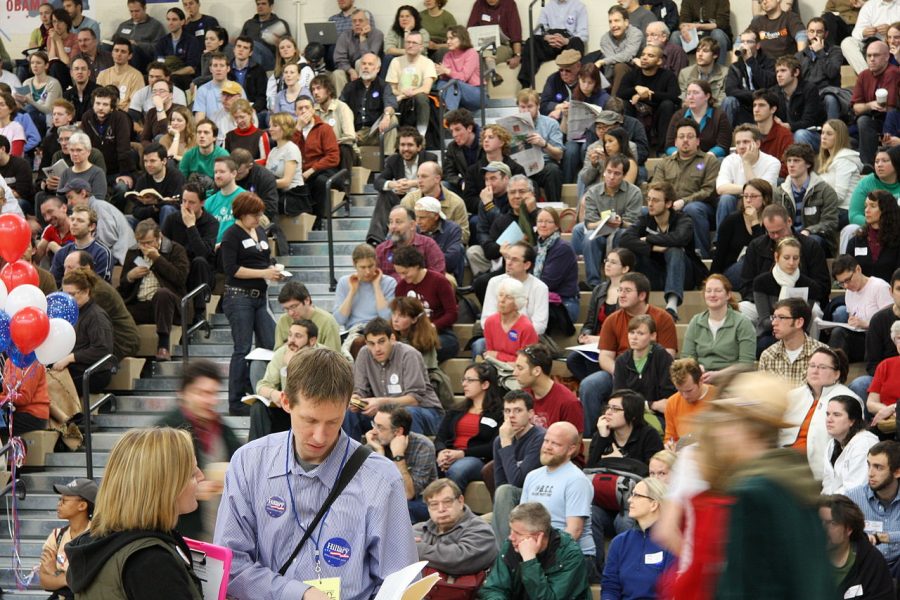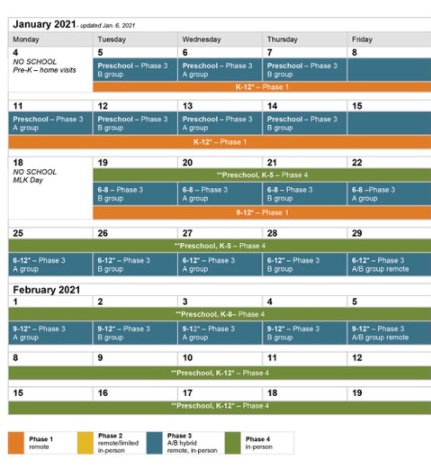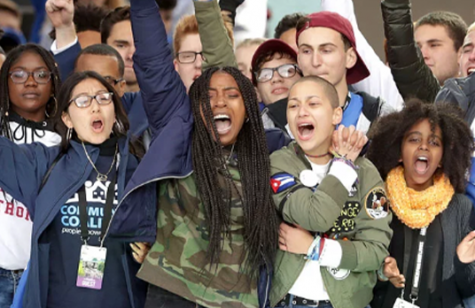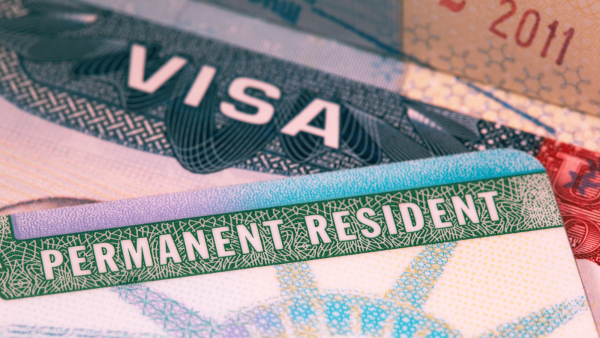Iowa caucuses kick off 2020 election
The Iowa caucuses are the first of many primary elections in the upcoming election.
The Democratic Iowa caucuses, one of the first landmark events in the 2020 election, took place on the evening of February 3. So far in the election, there have been seven Democratic debates, and there are currently twelve Democratic candidates left in the race. The Iowa caucuses were held to generate an idea of who the Democratic candidate will be as November draws nearer.
So, if caucuses are so important to the election, what are they? Caucuses are simply meetings among political party members and leaders that are used in a way that is similar to primary elections. They aim to narrow down the candidate pool and select an early nominee for the upcoming election.
Although primary elections throughout the United States are beginning, Iowa was selected to be the first to go. This is not a new development though; in fact, Iowa has been the first state during primaries since 1972. In 1968, the Democratic National Committee (DNC) decided that they wanted to redirect the party’s power from its leaders to its central population. So Iowa was decided as the first state to hold caucuses or primaries, and they have remained in that position for the past four decades.
Caucuses have become an important part of the election process due to their effect on the candidates and their future campaigns. As the Iowa caucuses were the first of the many primary elections to follow, they have a pretty profound impact on the candidates who either succeed or whose performance did not turn out well. The winner of the caucuses tends to receive copious amounts of media attention and fundraising, as success in the caucuses makes success in the final election seem much more attainable. The caucuses mean the opposite for less supported candidates though; poor results in the caucuses can put a candidate’s campaign on a downward path as more people will support candidates who have a better approval rating.
Despite the impact of the Iowa caucuses on the future of the election, the results have been slow to come in. After a breakdown in the usage of the app created to tally the votes, it has taken some extra time to get the official results from the caucuses. The app, created by a company called Shadow Incorporated, was not properly tested at a statewide scale prior to the caucuses and led to a delay in the release of the winning and losing candidates.
With 97% of the state now reporting, Pete Buttigieg is leading the polls with 26.2% of the votes. Bernie Sanders is closely following Buttigieg with 26.1% of the votes. Elizabeth Warren, Joe Biden, and Amy Klobuchar then followed with 18.2%, 15.8%, and 12.2% of the votes respectively. Many of the other candidates had very few votes, and have anywhere up to 1% of the voters’ support.
Based on the results, it could mean any number of things for the future of the election. Back in 2008, Barack Obama won the Iowa caucuses and went on to beat out Hillary Clinton for the Democratic nominee and then become the president. Since 1980, every winner of a presidential nomination has started their race by winning either the Iowa caucuses, the New Hampshire primary, or both. Even if the winners of the caucus do not get their party’s nomination, it can help elevate them to be frontrunners in the race; likewise, it could knock some candidates out of the campaign entirely.
So, while what the caucuses will mean for the future of the election is not completely clear right now, the results are in and the past has proved the immense influence the small, yet important role that Iowa caucuses have on predicting the race. Buttigieg and Sanders have increased chances to win the Democratic nomination, as well as Warren, Biden, and Klobuchar. Despite all of this, the Iowa caucuses are just the first step on the long primary election path, and the election’s results can never truly be confirmed until November arrives.
Your donation will support the student journalists of Fossil Ridge High School. Your contribution will allow us to purchase equipment and cover our annual website hosting costs.

Melissa May, a senior, is ecstatic to be starting her fourth year as an Etched in Stone staff member. She is excited to be back writing for the newspaper and is optimistic heading into the semester despite the unusual circumstances. She is thrilled to take on the role of Editor in Chief alongside Caroline...













